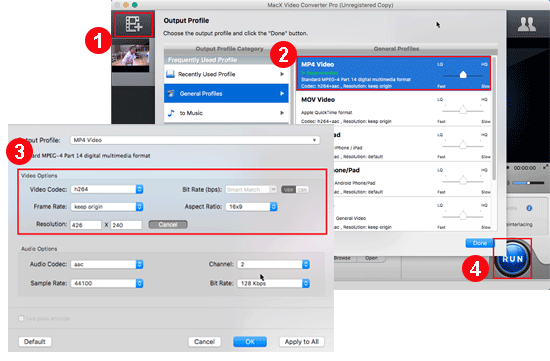Best Ways to Open a PSD File Without Photoshop
As someone who works with design files on a regular basis, you may often come across PSD files. PSD files, short for Photoshop Document, are proprietary files created by Adobe Photoshop that allow designers to work with multiple layers and effects.
However, as is the case with proprietary file formats, PSD files require a special tool to open them. In this article, we’ll explore some of the best ways to open PSD files without Photoshop and how you can still work with them.
1. Adobe Photoshop Elements
If you need to open PSD files infrequently or only need to view them, the Adobe Photoshop Elements app is a great option. Designed with amateur photographers and hobbyists in mind, Photoshop Elements is a trimmed version of Adobe’s flagship offering, Photoshop.
While Elements doesn’t come with all the bells and whistles of Photoshop, it still boasts powerful features such as layer support, basic retouching tools, and color correction. All of these features make Elements a great option for opening and editing PSD files.
2. GIMP
GIMP, or GNU Image Manipulation Program, is a free, open-source software that allows users to create and manipulate images. Like Photoshop, it also has layer support and advanced selection tools. GIMP is compatible with various file formats, including PSD files.
While GIMP does not have all the advanced features of Photoshop, it’s still an incredibly powerful tool that can handle most image editing tasks.
3. Paint.NET
Paint.NET is another free, open-source application that can handle PSD files. Despite its name, Paint.NET is not related to Microsoft Paint and is much more versatile.
Paint.NET offers layer support, various filters and effects, and a range of selection tools. It also offers users the ability to create their own plugins and extensions. While Paint.NET may not be as powerful as Photoshop or GIMP, it’s still an excellent option for those who only work with design files occasionally.
4. Photopea
Photopea is a web-based image editor that supports opening and editing PSD files. It’s similar to Photoshop in functionality and offers support for layers, effects, and a range of tools.
What makes Photopea stand out, however, is that it’s web-based and doesn’t require any downloads or installations. This makes it an excellent option for those working on the go or on a computer they do not own.
5. CorelDRAW
While CorelDRAW isn’t free, it’s still an excellent option for working with PSD files. CorelDRAW is a full-featured graphics suite that can create and edit vectors, images, and designs. It has support for over 100 file formats, including PSD files, making it a great option for working with design files in general.
CorelDRAW can be a bit intimidating for beginners, but those who take the time to learn the software will find it to be a powerful tool for creating and editing graphics.






